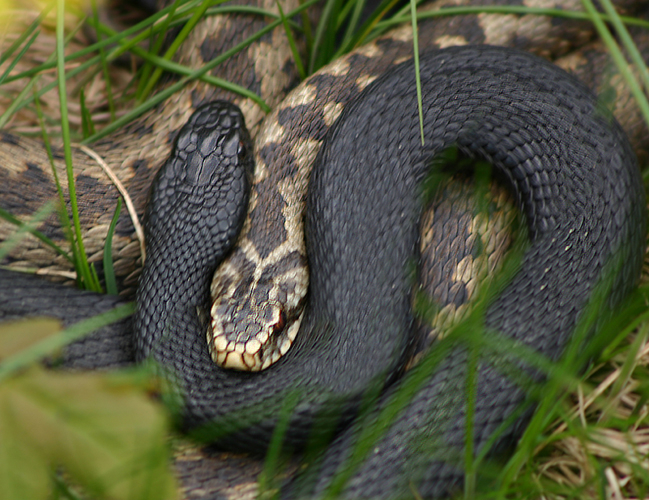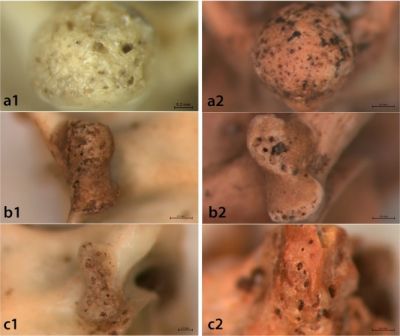Researchers from the University of Haifa have found the first evidence of its kind that ancient inhabitants of Israel used to eat reptiles such as snakes and lizards as their regular diet. The archaeologists found the evidence of the ancient humans' diet at el-Wad Terrace in the Mount Carmel area near Haifa, dating back some 15,000 years ago.
Eating Reptiles in Ancient Times

The research findings were published on Wednesday in the peer-reviewed science journal Scientific Reports. One of the researchers Reuven Yeshurun said even though historical sources mentioned that people in the Middle Ages (476 AD – 1453 AD) used to eat snakes, there was no evidence that they had such regular diet.
The archaeological site of the Natufian civilization included hunters who supplemented their diet by gathering wild grain which they likely did not cultivate. Some of them lived in caves, others occupied incipient villages. In many places where they inhabited, archaeologists have found carved bone and stone artwork.
Finding Snake and Lizard Bones
The researchers have discovered thousands of bones of snakes and lizards on the floors of prehistoric homes in the Mount Carmel area near Haifa. But it is not clear whether the animals had been eaten by ancient inhabitants or were deposited through natural processes.
They discovered larger bones belonging to animals such as rabbits to clearly indicate that those were eaten by humans, suggesting that the animals were butchered and cooked. But the reptile bones which were very small do not bear any such marks.



The researchers have analyzed the surface and fragmentation patterns of the reptile bones discovered at the site and in a series of experiments sought to mimic the natural process that would break down the animal carcasses, including by leaving them outside and burning them, then comparing the results to the ancient bones.
With the final results, researchers from the University of Haifa have concluded that ancient inhabitants of the area, currently Israel, used to consume the snake-like European glass lizard, large whip snake, and also the eastern Montpellier snake as well as common viper.
After this discovery, the researchers noted that the new addition in the ancient human diet list may indicate the transition to a more sedentary lifestyle and more intense use of resources.









